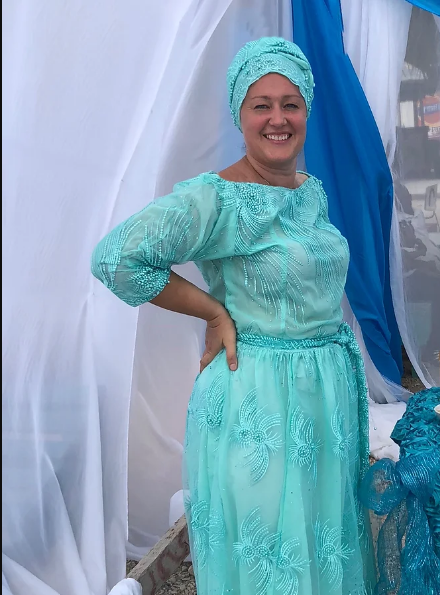Haitian Vodou, an enchanting and vibrant religious practice rooted in African spirituality, has captivated the world with its unique rituals and beliefs. The Haitian Vodou ceremony, central to this spiritual tradition, offers a glimpse into a complex tapestry of ancestral reverence, healing practices, and cultural heritage. In this article, we will delve into the essence of the Vodou ceremony, exploring its history, rituals, and significance in Haitian culture.
Understanding the Origins of Haitian Vodou
Haitian Vodou finds its roots in the religious practices of West African slaves brought to Haiti during the transatlantic slave trade. Blending elements from various African spiritual traditions, Catholicism, and indigenous beliefs, Vodou emerged as a distinct spiritual system in Haiti. It served as a means for enslaved individuals to preserve their cultural identity and find solace amidst the hardships of slavery.
The Key Elements of a Vodou Ceremony
A Vodou ceremony is a dynamic and multi-faceted event that reflects the diverse spiritual practices within the Vodou tradition. It typically takes place in a sacred space called the peristyle, an outdoor area adorned with symbolic items and altars. Here are some key elements of a Vodou ceremony:
- Invocation of the Loas:
The central focus of a Vodou ceremony is the veneration and invocation of the loas, powerful spirits or deities that serve as intermediaries between the human and divine realms. Each loa possesses unique attributes and governs specific aspects of human life, such as love, fertility, or healing. Through song, dance, and ritual offerings, participants seek the guidance and blessings of these loas.
- Ritual Music and Dance:
Music and dance play a vital role in the Vodou ceremony. The energetic rhythms of drums, rattles, and other traditional instruments create a captivating atmosphere, inviting participants to enter a trance-like state. Dancers, adorned in colourful garments and symbolic accessories, embody the spirits of the loas, expressing their characteristics and powers through rhythmic movements.
- Spiritual Possession and Healing:
One of the most intriguing aspects of a Vodou ceremony is the phenomenon of spiritual possession. It is believed that during the ritual, the loas may enter the bodies of participants, temporarily possessing them. This possession is seen as a sacred occurrence, providing an opportunity for the loa to communicate with the community and offer guidance or healing. Skilled practitioners, known as houngans or mambos, oversee and facilitate these interactions.
- Significance and Cultural Impact:
The Vodou ceremony holds deep significance within Haitian culture and society. It serves as a spiritual anchor, providing a sense of identity, unity, and resilience to the Haitian people. The ceremony also serves as a platform for social cohesion and community support, addressing personal, communal, and societal challenges. Additionally, it has inspired artistic expressions such as music, dance, and visual arts, further enriching Haiti’s cultural landscape.
- Respect and Misconceptions:
It is crucial to approach the Vodou ceremony with respect and cultural sensitivity. Due to misrepresentation and sensationalism, Vodou has often been misunderstood and stigmatised. It is important to acknowledge that Vodou is a legitimate religious practice with deep spiritual significance for its followers. By seeking accurate information and engaging in open-minded dialogue, we can dispel misconceptions and foster greater understanding.
Conclusion
The Haitian Vodou ceremony stands as a testament to the rich tapestry of spirituality and cultural heritage within Haiti. It is a vibrant and profound expression of faith, healing, and community. Through the invocation of the loas, the rhythmic beats of music, and the transformative power of possession, the Vodou ceremony connects individuals with their ancestors, their community, and the divine. By exploring and appreciating this ancient practice, we can gain insights into the resilience and beauty of Haitian culture.

















